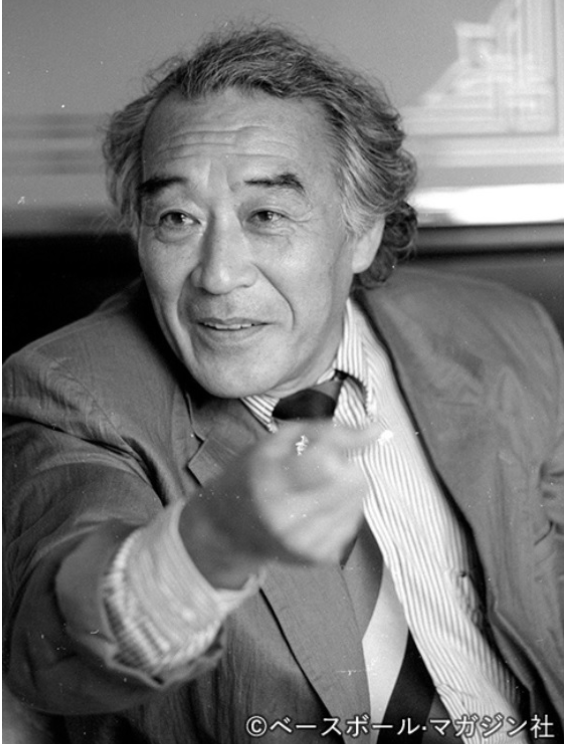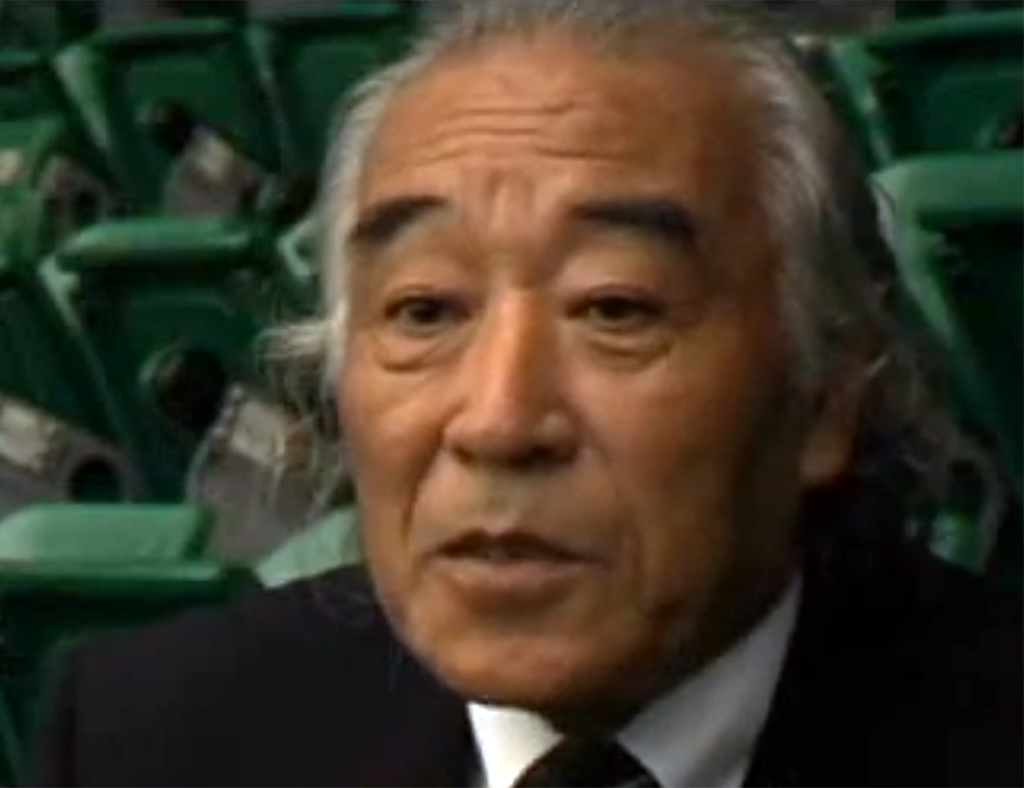
There’s something inherently romantic about baseball. Whether it’s being used as a metaphor for life or simply being enjoyed on a warm summer’s day, baseball has become one of the most important sports in the world over the past 150+ years, for its simplicity required to comprehend and its incredible skill required to master.
This romanticism, in turn, is also offered to the skill of baseball writing. Writers such as Joe Posnanski, John Updike, Roger Kahn, and even the famed poet Walt Whitman waxed long pyramids of prose on the sport, recognized the significance of certain events like Ted Williams’ final home game, and offered a new perspective on the game; beyond simple statistics and trends. This proper analysis has made baseball a true “every man’s” game: all folks from all walks of life have something to offer.
It takes a true test of skill and dedication, however, to change the game; not everyone can be like Bill James, whose almanacs and compilations may have revolutionized the game forever. Some, however, know how to break the mold, and find themselves ten years ahead of the game, blazing new trails into the past and future.
One of those writers is Kazuo Sayama, whose work represents the very best of what baseball writing has to offer. Sayama’s book “Gentle Black Giants” was the first piece of literature that presented the stories of the 1927 Philadelphia Royal Giants’ Japan tour and the players it entailed. Sayama was inspired to write the book after he was asked about the team in 1983 by fellow baseball writer and Negro League historian John Holway at a Society for American Baseball Research (SABR) meeting. Sayama, feeling a sense of responsibility to look into the team, went on a three-year sojourn to find the records, connect with players that remember the tour well, and present their tour to a new audience. As he wrote in the book:
“There might not have been any records left of this mystery team. Even though I had my doubts about the accuracy of the story… This was quite an assignment that I got myself into, and all because I attended a SABR meeting. I took on this great challenge, and also felt a great responsibility.”
35 years after the book’s original publication and one year after the Negro League Centennial, Sayama will be forever recognized for his work with his election into the Japanese Baseball Hall of Fame, to be held July 2021. In addition to writing about the Royal Giants, Sayama has extensively researched the unique relationship over the sport between the United States and Japan, as well as served on the Koshien High School Baseball Championship Committee’s Board of Directors. His work has become a critical part of Japanese Baseball, both past, present, and future.
“It seems to only happen once every 20 years or so, for this type of figure to be recognized [in Japan],” baseball historian Bill Staples Jr. said. “On our side, we’re really excited. Just the fact that it’s a SABR member who’s in the Hall of Fame, is pretty big, too… I think it may open up some doors on the U.S. side, to maybe give some consideration to those who have been preserving history and finding new and interesting things and sharing it.”
“First of all, I’m very surprised,” Sayama said in response to the news. “After that, I just feel gratitude.”
Sayama’s dedication to projects like “Gentle Black Giants” represents a true passion for baseball history that many writers hope to replicate with their own work. Based on a small tidbit he heard from a colleague, he launched himself into deep research, conducting interviews and deep research to find and tell the story of men who had long been forgotten. This philosophy is not just what makes a great baseball writer.
“From what I know about why he wrote ‘Gentle Black Giants,’ it’s really all about that passion,” Staples said. Staples, who edited the English translation of the book, has worked closely with Sayama for a number of years. “If you’re going to write a whole book, you have to be passionate about it… That’s the sense that I got and that’s why I think I write, and anyone writes really, is because you’re so passionate about it. You’ve got to tell the story and learn about it, so follow your passion.”
Sayama’s induction, however, is not just a simple recognition for years of service; it’s a critical observation of the changing tapestry of baseball, as it truly becomes an international sport.
2020 marked the 25th anniversary of star pitcher Hideo Nomo’s Major League Baseball (MLB) debut with the Los Angeles Dodgers. Nomo, just the second Japanese ballplayer to ever see MLB action, was widely recognized as a trailblazer in the sport, boldly leaving Nippon Professional Baseball (NPB) and effectively opening the door for other Japanese players to follow: since 1995, 59 others have played in MLB.
If Nomo was a trailblazer, Sayama was a mapmaker, highlighting the unique ties between the two countries before anyone else. “Gentle Black Giants,” first released in 1986, was a project that had a very specific history niche, and published in a country that had over the years become a unique baseball landscape, completely independent of an American origin. Sayama’s work, however, emphasized the role that these forgotten players had on the development of Japanese professional baseball, almost arguing that it may not have happened without them.

“He was the right man at the right time,” Staples said. “He was able to learn about the history and then go and interview those guys where they’re still alive to hear their accounts of the games. I think that’s what’s really special about what he did.”
Fellow Japanese baseball historian Rob Fitts respects Sayama’s unique research focus: “There are books published in 1905, 1910 [about] the history of Major League Baseball written in Japanese, but [why] Sayama’s special is [because]… He looked at the untold stories, he looked at the weird stuff, [that] I personally really enjoy. So he’s not looking at Willie Mays, or Hank Aaron or Babe Ruth, he’s looking at the stuff that is a little unusual, even for Americans to be looking at.”
Baseball has never been an isolated sport, as many countries have historically hosted their own forms of a Major League, where the best players join teams and face off against each other to prove their supremacy. What’s unique about the modern landscape, however, is how intertwined each country is with each other, swapping players and stories and new trends. While MLB is still considered the most powerful league in the world, it has recently become an international conglomerate, importing and exporting ballplayers and games, especially with Japan.
Sayama’s Japanese Baseball Hall of Fame induction not only represents a lifetime of great work, but a reflection of baseball as an international game. Of his more than 40 works on the sport, several of them feature a prevailing theme of intertwining of cultures, including, but not limited to: the 1935 Wichita Semipro Tournament, featuring several teams from different leagues; the mystery surrounding the first Japanese professional ballplayer, Goro Mikami, who played professionally in 1914 and 1915 during a tour of the United States; and the ongoing history between the two nation’s relationship over the sport.
“One of the things that’s cool about Sayama is all his books that look at the interaction between American and Japanese baseball,” Fitts added. “Of the Japanese perspective, he is, as far as I know, the only person over there doing that. I mean, there’s a few of us young people interested, but he’s the only one who’s writing books on the topic, and that’s really kind of groundbreaking… [he also] was the only one to really knock out all these books and received national attention.”
With his work, Sayama was not only one to break ground on a new intersection in the sport, but also marked a changing of the tide. In December 2020, MLB officially announced that the league would be fully incorporating the complete statistics of the Negro Leagues, 100 years after the founding of the Negro National League. The move represents a long-needed adjustment to the sport’s history, recognizing the work of all these athletes and what they played for. It’s almost fitting that Sayama, whose “Gentle Black Giants” heavily profiled some of the more underrepresented stars in Negro League history, would be inducted just a month later.
Baseball has truly become a global game, thanks to the work of folks like Sayama. While his induction may be an rarity for both Halls of Fame, it’s still an incredible accomplishment – one that’s felt on both sides of the Pacific:
“I really believe it in my heart, that the honor of one is the honor of all, and it’s just really good to have somebody in our community being recognized, so that we can elevate everything that we’re doing collectively together,” Staples said. “Maybe that’s what we can look at Sayama as, like, ‘wow, baseball historians can now be recognized by Halls of Fame.’”
As we work to continue highlighting even more of the international game, we felt it important to recognize Kazuo Sayama for his legendary career, his important role in capturing history, and what he might mean to a new generation of baseball writers; writers that even include the young rookies like me, trying their hand at prose for the first time.
From all of us, Kaz: Thank you.